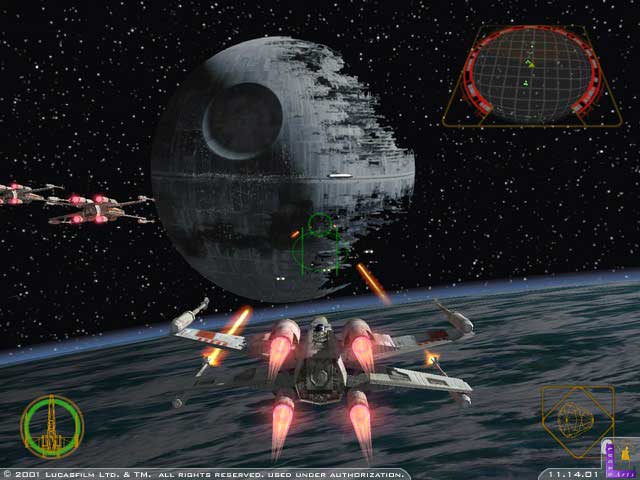
Despite losing a majority of the gaming market to Sony, Nintendo 64 managed to provide gamers a variety of AAA titles from some of the industry’s most talented developers. Factor 5 was one of those companies, and ended up becoming synonymous with quality gaming on Nintendo consoles. Even though they had released many titles across numerous platforms over the years, the 1998 release of Star Wars: Rogue Squadron launched Factor 5 into the field of top-tier developers and earned them a reputation as technical wizards who could squeeze every ounce of power out of a system and produce incredible gaming experiences. Factor 5 continued to master their craft over the years, creating some of the best games across two console generations, all the while shrugging off the curse that doomed most other Star Wars titles to mediocrity. All of this came to a quick and tragic end when one bad game and a couple bad deals left the company dead in the water, with no choice but to close down.
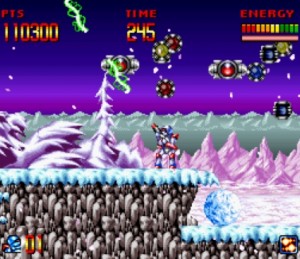 Factor 5 started up in 1988 in Germany, with five developers on staff and old computer systems like Amiga and Commodore 64 being their platforms of choice. As the ’90s rolled around, Factor 5 worked on several Turrican ports, before getting to develop original entries for the sci-fi side scrolling action series. Super Turrican was released for SNES in 1993, and even though it might have never achieved the same popularity as their later games, it did well enough to justify a sequel two years later and impressed people with its quality gameplay and graphics. Also during this time, Factor 5 began its long and fruitful relationship with LucasArts by developing Indian Jones’ Greatest Adventures for SNES.
Factor 5 started up in 1988 in Germany, with five developers on staff and old computer systems like Amiga and Commodore 64 being their platforms of choice. As the ’90s rolled around, Factor 5 worked on several Turrican ports, before getting to develop original entries for the sci-fi side scrolling action series. Super Turrican was released for SNES in 1993, and even though it might have never achieved the same popularity as their later games, it did well enough to justify a sequel two years later and impressed people with its quality gameplay and graphics. Also during this time, Factor 5 began its long and fruitful relationship with LucasArts by developing Indian Jones’ Greatest Adventures for SNES.
The next generation of consoles represented a massive leap forward as pixels gave way to polygons, and Factor 5 began work on the project that would make them famous. With their considerable technical know-how and the Star Wars license in hand, Factor 5 developed Star Wars: Rogue Squadron, an action-packed flight game featuring various ships from the Star Wars universe, diverse missions, incredible graphics and sound, and enjoyable gameplay. At the time, Rogue Squadron was probably the best Star Wars game ever made and one of the best games on Nintendo 64. Naturally, it was a major success, so LucasArts tapped into Factor 5 once again to produce one of the many games tied to the launch of the new Star Wars trilogy in 1999.
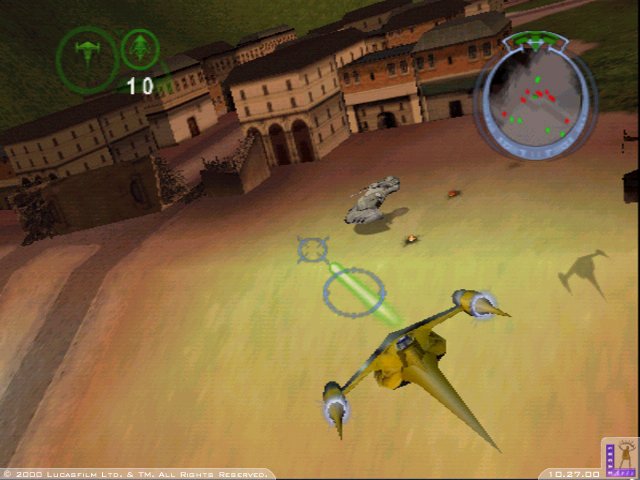
Star Wars: Episode 1 released to great fanfare and an impressive array of tie-in products, including a plethora of disappointing games. Thankfully, Factor 5 took their time and waited until 2000 to release the best game of the bunch: Battle for Naboo. Compared to Rogue Squadron, Battle for Naboo wasn’t quite as well received, largely due to the introduction of ground-based missions, but it included several new elements that pushed the series forward, including more complex levels with multiple vehicle swaps and wide open space levels featuring massive enemy capital ships. Factor 5 kept these innovations as they prepared for yet another generation of consoles and returned to the Rogue Squadron franchise.
When GameCube launched in November 2001, Factor 5 was one of the first companies out of the gate with quality software for the system. Rogue Squadron II: Rogue Leader immediately impressed gamers with its astounding graphics and tried and true gameplay taken to a grander level; the scale of battles was much more epic and gamers were finally given the chance to go toe-to-toe with Imperial Star Destroyers. One could very easily and accurately argue that Rogue Leader was one of the best looking GameCube games ever released, and it still looks better than most current Wii games. Once again, Factor 5 proved its technical wizardry to be significantly better than the vast majority of developers and didn’t wait too long to once again show off their chops.
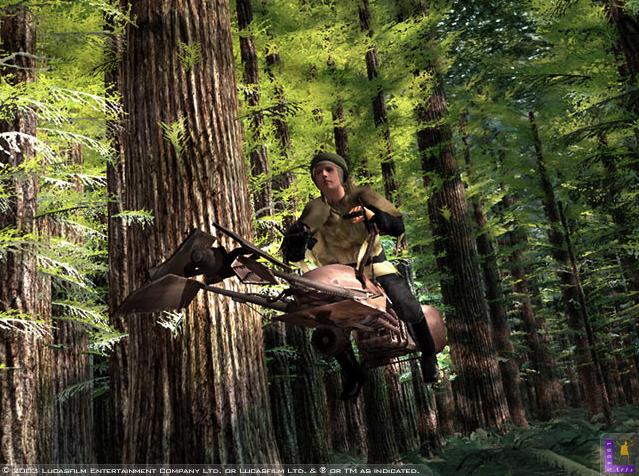
Rogue Squadron III: Rebel Strike was released in 2003, though it was a bit more of a mixed bag. Factor 5 added in a handful of on-foot levels that controlled awkwardly and fell flat compared to the more exciting aerial battles. Thankfully this negative was largely nullified thanks to the multiplayer options, which included the entirety of Rogue Leader as a co-op campaign. Factor 5 was then strangely silent for several years but would reemerge in time for yet another new generation, only this time on a different platform.
When Sony revealed the PlayStation 3, one of their big game announcements was Factor 5’s latest, Lair, an aerial action game, only with X-Wings swapped out for dragons. Needless to say, Lair received much press because it looked gorgeous; Factor 5 knew their way around graphics and PS3 had plenty of power to offer. The amazing graphics and Factor 5’s reputation for quality made Lair one of PS3’s most anticipated titles, even as several delays forced Sony fans to wait. Once Lair saw the light of day in August 2007, eager gamers were shocked to see terrible reviews pour in from just about every video game review site. Sure, the game looked and sounded incredible, it had a surprisingly deep story, and the concept was quite original, but the gameplay was universally criticized. In an attempt to show off the Sixaxis controller’s motion-sensing abilities, steering the dragon could only be done through tilting the controller, and that worked very poorly. An update adding standard controls was released the following April, but it was too late. Far too many copies of the game were made in the initial printing, and most sat on store shelves gathering dust, so the price was slashed until the game found its way into most store’s bargain bins. Unfortunately, Lair would prove to be Factor 5’s last game because the company had one more bad decision to make.
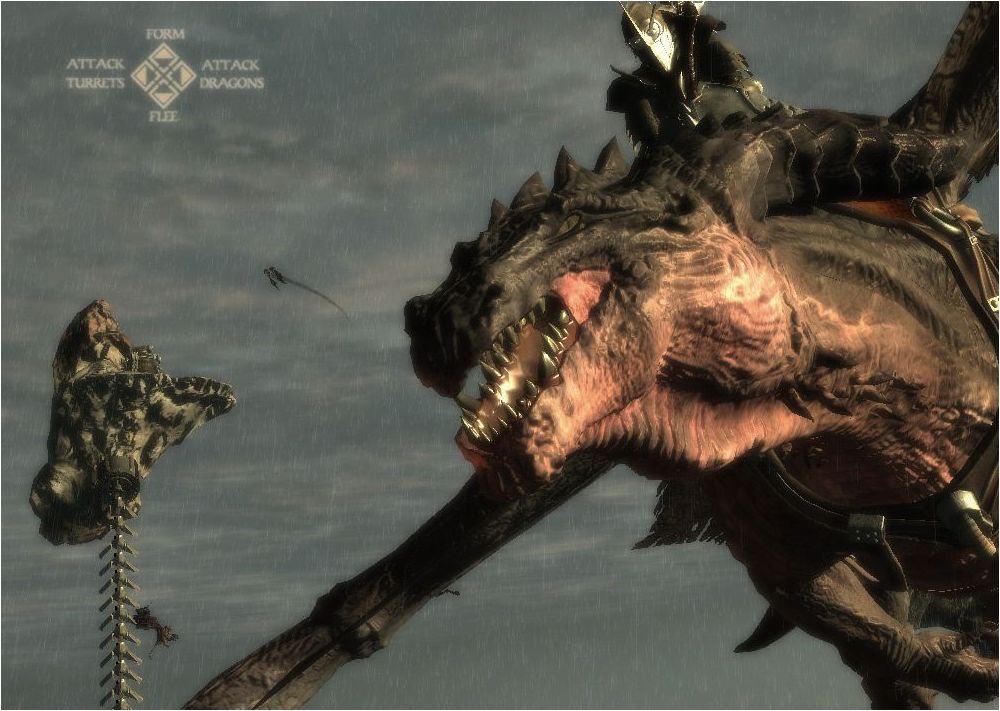
In 2007, Brash Games was created, a company that acknowledged the problem of bad games based on popular licenses and vowing to end that legacy. This business plan obviously intrigued a few investors, because Brash quickly received plenty of backers and began work on a variety of license tie-in projects. After Lair’s commercial failure, Factor 5 needed funding, and Brash was looking for partners, so the two companies met and Factor 5 was given a project that was later revealed to be a Superman game. In late 2007 and early 2008 Brash released its first games, all based on current movies: Alvin and the Chipmunks, Jumper, Tale of Despereaux and Space Chimps. Despite its initial promises to change the quality of tie-in games, all of these titles met with critical and commercial failure. By the end of 2008, Brash had dissolved, and with its source of funding gone, Factor 5 would follow in those footsteps in May 2009.
Rumors claimed that Factor 5 had been working on several other projects, including one for Nintendo systems, which of course some insist was a Kid Icarus reboot, but in the end gamers will probably never know. Factor 5 is gone and all that is left are its old games and a lawsuit from former employees claiming they are still owed wages from the company’s final, tumultuous months. It’s quite tragic that one bad game and one bad decision brought such a respected and successful developer to its knees so quickly. Regardless of those last few years, Nintendo and Star Wars fans can remember Factor 5 for its many successes. Factor 5 employed some of the industry’s best developers who made systems do what no other developers could, and used that skill to produce some of the best games ever made for Nintendo 64 and GameCube.




 ShareThis
ShareThis






